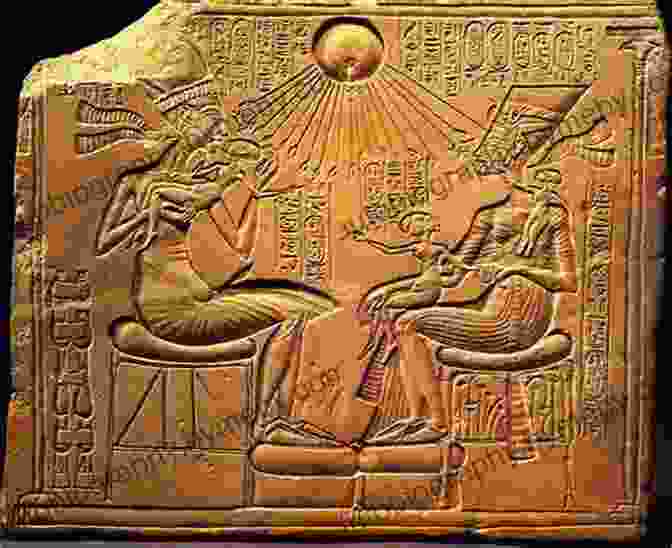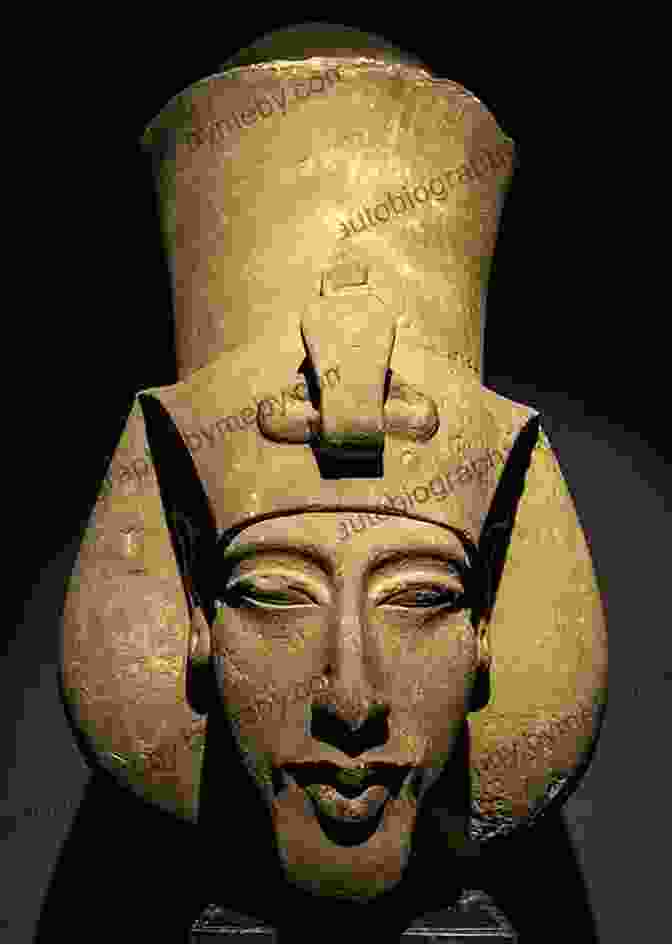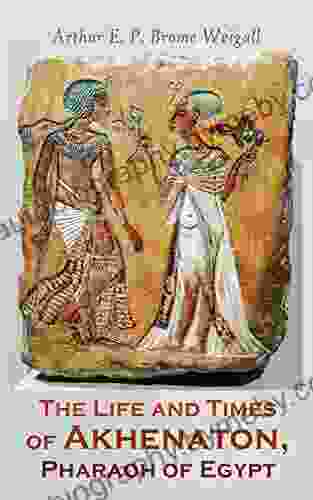The Ascendancy of the Sun King
In the annals of ancient Egypt, the reign of Akhenaten stands as an epoch of profound transformation and enigmatic legacy. As the pharaoh of the Eighteenth Dynasty, Akhenaten ascended to the throne around 1353 BC, inheriting a civilization steeped in tradition and polytheistic beliefs. Yet, during his rule, he embarked on a bold and unprecedented religious revolution that would forever alter the course of Egyptian history.

4.6 out of 5
| Language | : | English |
| File size | : | 7336 KB |
| Text-to-Speech | : | Enabled |
| Screen Reader | : | Supported |
| Enhanced typesetting | : | Enabled |
| Word Wise | : | Enabled |
| Print length | : | 223 pages |
At the heart of Akhenaten's religious reforms lay the concept of monotheism, a radical departure from the complex pantheon of gods that had been worshipped in Egypt for centuries. He proclaimed Aten, the sun disk, as the sole supreme deity, elevating it above all others. Akhenaten's monotheistic beliefs manifested in the construction of a new capital city, Akhetaten (modern-day Amarna),where temples were dedicated exclusively to Aten.
The Splendor of Amarna Art
Akhenaten's reign ushered in a dramatic shift in artistic expression. Rejecting the conventionalized and idealized representations of previous pharaohs, Amarna art embraced naturalism and realism. Artists depicted Akhenaten and his family with unprecedented candor, capturing their intimate moments and human imperfections. The result was a vibrant and deeply personal style that showcased the pharaoh's unique vision and challenged traditional norms.

The art of the Amarna period celebrated the beauty of everyday life, showcasing scenes of royal ceremonies, hunting expeditions, and family gatherings. It offered a glimpse into the private world of Akhenaten and his court, humanizing the pharaoh and his reign.
The Controversies of a Heretic Pharaoh
Akhenaten's religious reforms met with significant resistance from the established priesthood and traditionalists within Egyptian society. His radical monotheism threatened the power and influence of the existing religious hierarchy, leading to conflicts and divisions. The pharaoh's exclusive focus on Aten led to the neglect of other deities, causing resentment among the population.

Akhenaten's reign was also marked by political instability and military setbacks. His preoccupation with religious matters left the empire vulnerable to external threats, leading to territorial losses and challenges to his authority.
The Legacy of a Visionary
Despite the controversies that surrounded his life and reign, Akhenaten's legacy as a visionary pharaoh endured. His brief but transformative rule left an indelible mark on Egyptian civilization, influencing art, religion, and politics.
After his death, Akhenaten's monotheistic beliefs were gradually abandoned, and the traditional polytheistic system was restored. However, his ideas continued to resonate throughout history, inspiring religious and philosophical movements in later periods.
The excavation of Akhetaten in the 19th century brought Akhenaten's reign back into the light, sparking renewed interest in his life and legacy. Today, the ruins of his capital city stand as a testament to his bold vision and its lasting impact on ancient Egypt and beyond.
The life and times of Akhenaten Pharaoh Of Egypt is a story of ambition, innovation, and enduring legacy. As a visionary pharaoh, he dared to challenge centuries of tradition and introduce radical religious reforms that would forever alter the course of Egyptian history. Through his artistic patronage and innovative ideas, Akhenaten left an indelible mark on the cultural and spiritual landscape of ancient Egypt. His legacy as a visionary leader and enigmatic figure continues to captivate and inspire to this day.


























































































